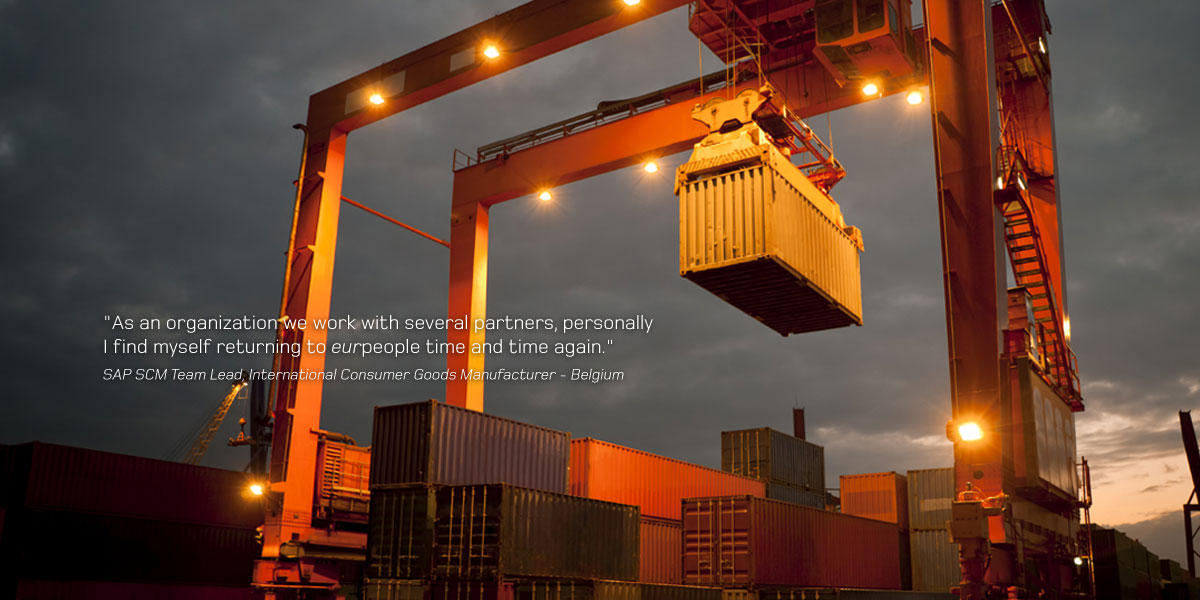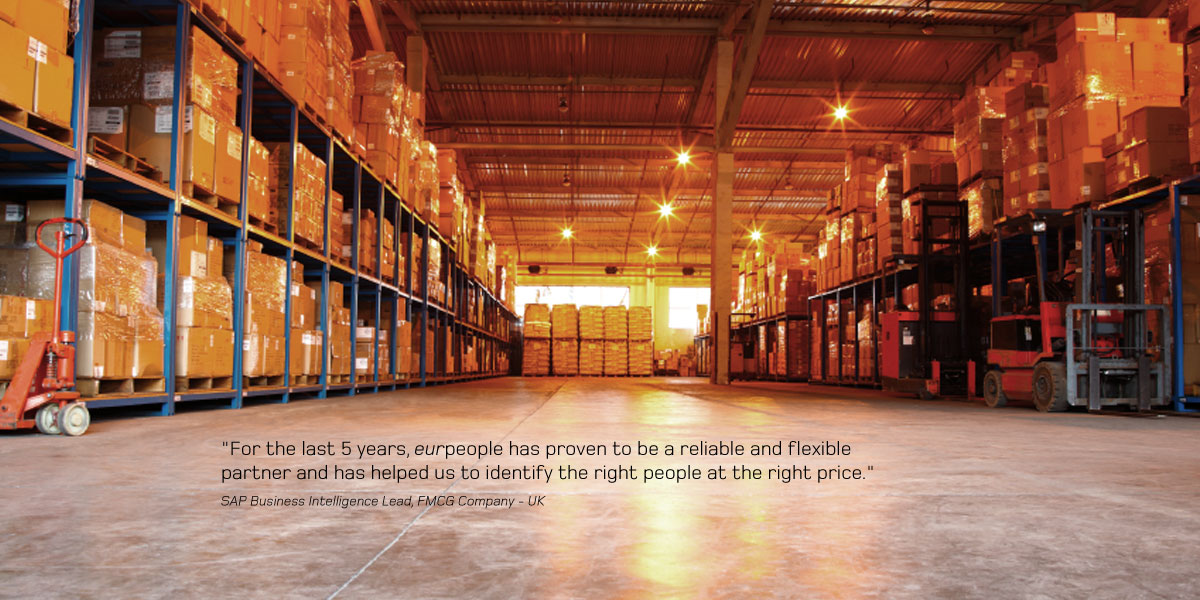Recipe for Success with SAP S/4HANA
The social economy is under pressure, and value-for-money solutions are essential. The more software helps to streamline and simplify processes, the more time can be devoted to people in need.
That’s just one of the reasons why the Protestant social services institution Diakonie Michaelshoven now works with SAP S/4HANA.
Uwe Ufer is a man who embraces change. When he was the mayor of the small town of Hückeswagen near Cologne, Germany, he breathed new life into the municipal government, got rid of fiscal accounting and introduced double-entry accounting. And together with SAP, Ufer developed a digital citizen account, where all citizens can view all their official documents and correspondence with the authorities from the comfort of their own home.
“We needed an output-focused approach,” explains Ufer, who holds a degree in public administration.
SAP S/4HANA: Creating More Time to Work with People
Now, Ufer has a new vision. As chairperson of Diakonie Michaelshoven in Cologne, together with his team, he is responsible for the care of 1,000 refugees. This includes providing them with accommodation, teaching them German, and giving them a midday meal.
Furthermore, Diakonie Michaelshoven looks after senior citizens, people with disabilities, and young people who can’t live with their families and are cared for in residential facilities. The organization also retrains people who are no longer able to work in their original professions, for example, due to injury.
“The social economy is highly volatile,” says Ufer. “The funding authorities are short of cash and can hardly manage to house people in need.” Ufer’s current vision is therefore to make Diakonie Michaelshoven more efficient so it can invest more time in its work with people.
First Tangible Improvements in Day-to-Day Business
And now, just a few months after SAP S/4HANA went live in January 2016, this vision is taking shape:
- Enterprise management: Reports don’t have to be run over night, but can be displayed right away on the screen, which means managers can make decisions faster.
- Real estate: There is now clarity about every care facility that Diakonie Michaelshoven manages. Not only are the costs for heating, cleaning, and facility management transparent, but it’s possible to generate comparisons of the buildings.
- Planning: Soon all care professionals will be able to record their work and care plans on their own computer, either a PC or a tablet.
- Invoice processing: Currently, every invoice – regardless of whether it’s for five euros or 1,000 – passes through a number of hands. From the end of the year, the invoices will be scanned once and made available to the process owners immediately.
These small process changes are helping Ufer reach his goal. “The focus must not be on administration,” he says. And he promises that the savings in time and money will benefit his customers, the people in need.
In terms of its turnover – some 160 million euros annually – Diakonie Michaelshoven is classed at the lower end of the midmarket, but it has around 2,000 employees.
“We’re also planning on consolidating our IT tasks with the Diakonischen Werk Alsterdorf in Hamburg, which uses the akquinet data center to manage its systems,” Ufer explains with regard to the decision to implement the new SAP solution. Ultimately, more than 4,000 employees will work with the software. The management is therefore all the more convinced that it’s important to have the latest technology and innovations.
Four Factors for Success with SAP S/4HANA at Diakonie Michaelshoven
The implementation took less than a year from the decision to the go-live. In February 2015, SAP presented the software powered by SAP HANA to the organization in Cologne. The project then kicked off at the end of May and was completed in January 2016. According to Ufer, the project’s success factors were related more to the processes and people than to the technical aspects.
- Develop a vision: The strategy must be in place before you embark on the project. This includes a clear vision for the end of the project timeline, various milestones, and thousands of individual steps on the path to the destination. “SAP isn’t a strategy, but it can support our vision excellently,” says Ufer, who had already developed his vision before the implementation of SAP Business Suite at the end of 2014.
- Define processes: The processes, not the IT, are at the heart of the project. That’s why the managers in each of the business departments headed up the sub-projects and had a decisive influence on the development of the project as a whole.
- Support changes: Through events, change management seminars, personal meetings, and evening meals together with the team, the project members were not only prepared for but also committed to the task ahead. “Even if additional work is called for, there shouldn’t be murmurs of disapproval in the team,” Ufer says. This was particularly important when the project team members came from different companies and hardly knew each other.
- Include buffers: Potential unscheduled delays should be allowed for in advance, if possible, because no IT project gets away without improvising. For instance, it emerged that an organizational management tool required for the implementation of SAP’s personnel management solution (SAP HCM) should be implemented now, although its implementation was originally scheduled for 2018/19. In addition, enhancements had to be made to the SAP CATS time sheet tool, which, for example, enables technicians and facility managers to record their working hours.
Ufer dismisses the question of whether Diakonie Michaelshoven could have opted for a software solution that was established in the social economy. “It’s about showing that we can be pioneers, despite being a social enterprise,” says Ufer, and talks about the psychological effect on the team of wanting to be number one, a feeling of being among the best.
The fact that SAP presented SAP S/4HANA parallel to the SAP implementation project wasn’t necessarily planned, “but it suited us just fine,” says Ufer, who’s a fan of quantum physics. He knows that “quantum states don’t become real until you observe them.” It’s the same with the implementation of innovative software.
| Location: | Start Date: | ||
| Rate: | Duration: | ||
| Type: | Reference: |
Contact Details
To find out more about how eurpeople can cater for your needs contact us at the following:
London Office
eurpeople Recruitment Ltd
South Point House, 321 Chase Road
London, N14 6JT, United Kingdom
Middle East Rep Office
eurpeople ME Recruitment Ltd
PO Box 309, Girne
Mersin 10, Turkey













